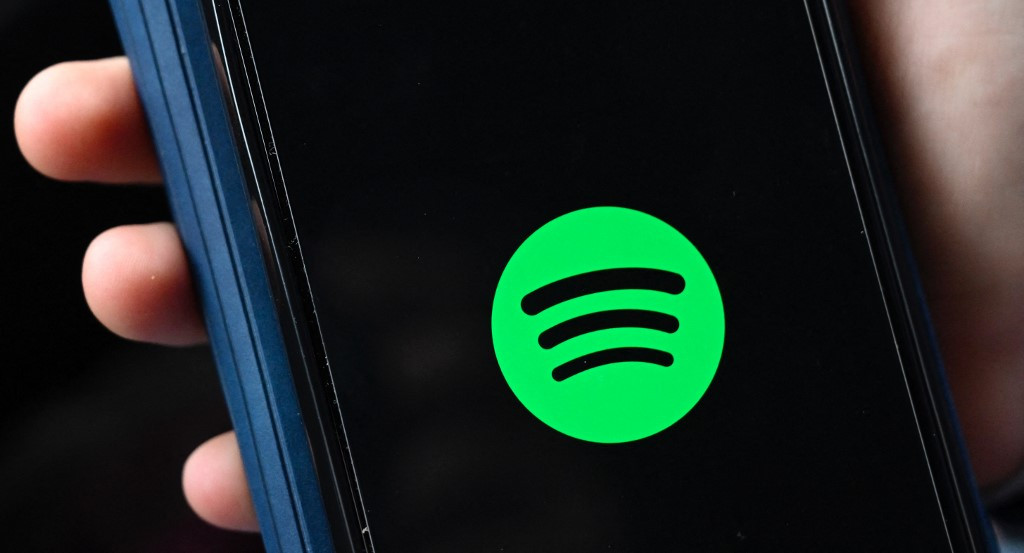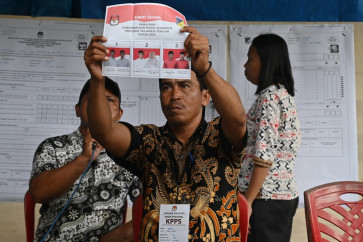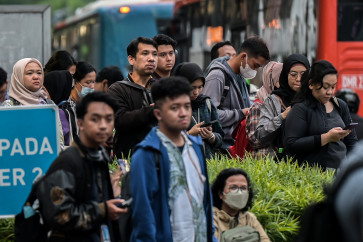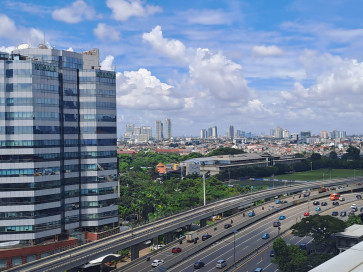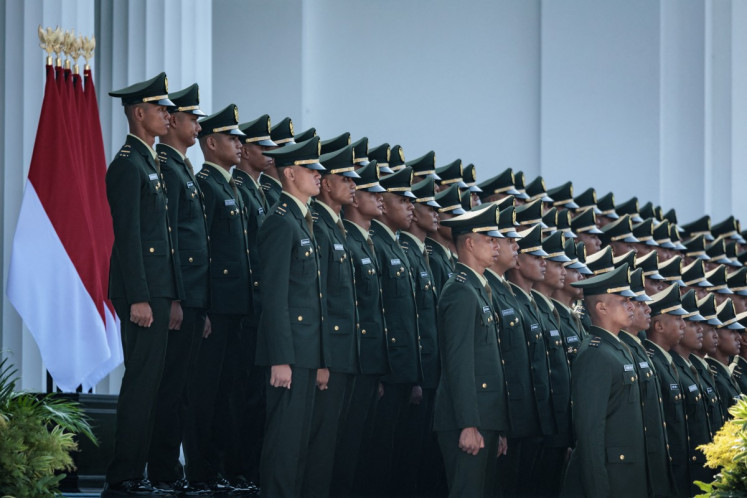Popular Reads
Top Results
Can't find what you're looking for?
View all search resultsPopular Reads
Top Results
Can't find what you're looking for?
View all search resultsMusic should not be free
Not only that, for the first time in the history, all albums, singles and EPs, from the biggest masterpieces to the most ephemeral bubblegum pop songs, are now available essentially for free.
Change text size
Gift Premium Articles
to Anyone
O
n paper, streaming services the likes of Spotify, Apple Music and YouTube music solve a lot of problems, especially for music fans. For the first time in the history of humanity, every recorded piece of music is available in a handheld device that consumers can carry in their pockets and can be played with just a click of the button.
Not only that, for the first time in the history, all albums, singles and EPs, from the biggest masterpieces to the most ephemeral bubblegum pop songs, are now available essentially for free.
Music fans certainly can argue that the Rp 50,000 (US$3) monthly subscription fee to the Spotify or Apple Music streaming services is a payment in exchange for the ability to enjoy their favorite albums or songs on the platforms.
But if that paltry sum allows access to the over 100 million songs on Spotify, it means that music fans only pay a minuscule fraction of a cent per stream.
And this is where the problem starts for musicians, music labels, music publishing companies and everyone whose livelihoods depend on the steady stream of money from music.
It is already well-documented how streaming services, and the whole enterprise of music migrating to the internet, have led to the pauperization of artists and musicians. (Another problem being streaming services, especially Spotify, being populated by "zombie" musicians and AI-generated music).
Unless you are Taylor Swift, Billie Eilish or Coldplay, the chance of average musicians getting bumped by the streaming services algorithm to the top of the food chain is infinitesimal, and more often than not, artists get only $0.0003 per stream.
And with the physical format being rendered obsolete since the arrival of streaming services, music labels and artists are deprived of major sources of incomes.
Gone were the days when bands or singers can sell millions of records. Even domestically, only 20 years ago, bands like Sheila on 7 or Peterpan managed to sell a few million records to their fans, enriching both their labels and their members in the process.
The drying up of revenue from selling physical products has led to the pitiful situation that musicians and labels have to deal with today, where they have to scrounge for change for the fruits of their labor.
It is this scramble for money among musicians and labels that results in the struggles which grace our headlines today, between business establishments like coffee shops and restaurants and rights management agencies.
Income from mechanical rights (i.e. music being pressed on physical format) is so scarce that today, labels and musicians have to resort to publishing and neighboring rights, collecting royalties from music being performed on stage or played as background sound in retail spaces.
The problems of piracy and the lack of enforcement when it comes to publishing rights have been acute in Indonesia, resulting in the serious devaluation of music.
Music fans in Indonesia, even the most serious, also tend to take music for granted, in that they are unwilling to respect the rights of musicians and artists who have enriched all of our lives with their beautiful work.
Data from the National Collective Management Agency (LMKN), the agency tasked to handle music royalties, shows that it collects only Rp 270 billion (US$15.3 million) per annum from performing and neighboring rights, far lower than the up to Rp 700 billion collected by authorities in Malaysia, a country of only 34 million people.
The problem is obvious, business outfits and individuals simply do not want to pay for the work of artists. Streaming only makes the problem worse.
Any song you listen to on any platform is the sum of all the pain, energy and care from artists trying their best to create beauty.
The least that music fans can do is pay an amount commensurate with the sacrifice that artists make to create their songs. There is no fixed amount for how much more we should pay per song, and there is no consensus yet on how this burden should be split among consumers and streaming company executives, but is incumbent on us that the artists we rely on to get through the day should be paid more, not less.
Artists should not be starving for their art.

